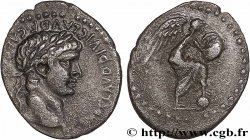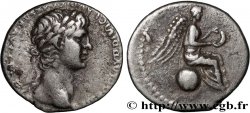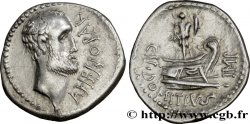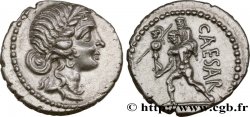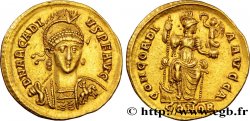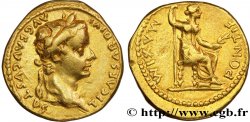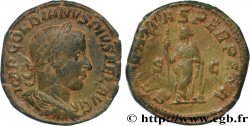Live auction - brm_349780 - NERO Aureus
Чтобы принять участие в торгах, вы должны войти в систему и стать подтвержденным участником аукциона. Войдите, чтобы сделать ставку. Ваш аккаунт будет подтвержден в течение 48 часов. Не ждите до закрытия торгов, чтобы зарегистрироваться.Сделав ставку на данный товар, вы вступаете в юридическое соглашение на покупку выбранного товара и нажатием кнопки «Сделать ставку» подтверждаете принятие вами условий интернет-аукционов cgb.fr.
Ставка может бить сделана только в полном эквиваленте евро. Торги закроются согласно времени, указанному в описании товара, все ставки, сделанные после закрытия торгов, учитываться не будут. Не следует откладывать предложение вашей ставки до последнего момента, так как система может не успеть обработать вашу заявку, и ваша ставка не будет принята. Более детальную информацию вы найдёте здесь: FAQ по интернет-аукционам.
Все ставки победителей подлежат комиссии 18%.
Все ставки победителей подлежат комиссии 18%.
| Оценить : | 6 500 € |
| Цена : | 4 950 € |
| Максимальная предлагаемая цена : | 5 000 € |
| Конец торгов : | 31 March 2015 14:44:24 |
| Участников : | 2 Участников |
Тип Aureus
Дата: c. 64-65
Монетный двор / Город: Roma
Металл: gold
Диаметр: 18 mm
Ориентация осей монеты: 6 h.
Вес: 6,91 g.
Редкость: R2
Комментарии о состоянии
Exemplaire sur un flan légèrement ovale avec les grènetis visibles, court sur la légende du revers. Magnifique portrait de Néron de haut relief, bien venu à la frappe. Représentation iconographique de première importance de style fin. Magnifique patine de collection ancienne avec une coloration rougeâtre, caractéristique, souvent nommée “patine de Boscoreale”. Conserve une partie de son brillant de frappe
Ссылки в каталоге: :
Происхождение:
Vue la couleur de l’or caractéristique, il provient peut-être du trésor de Boscoreale (Italie) découvert en 1895 et enfoui au moment de l’éruption du Vésuve en 79 avant J.-C. Cet exemplaire provient de la collection du Docteur Frédéric Nordman
Лицевая сторона
Аверс: легенда: NERO CAESAR - AVGVSTVS.
Аверс: описание: Tête laurée de Néron à droite (O*).
Обратная сторона
Реверс: легенда: IANVM CLVSIT PACE P [R TERRA] MARIQ PART.
Реверс: Описание: Les portes fermées du temple de Janus.
Реверс: перевод: "Ianum Clusit Pace Populo Romano Terra Marique Parta" (Il a fermé le temple de Janus après avoir donné la Paix au Peuple Romain sur terre et sur mer).
Комментарий
Rubans de type 3. Le trésor de Bosco Reale (près de Pompéi) fut découvert dans un pot sur le terrain d’une grande villa latifundiaire à la fin du XIXe siècle (en 1894 ou 1895). Il aurait contenu plus de 1.000 aurei et fut dispersé. Les pièces les plus récentes sont datées de 78 et le trésor aurait été enfoui au moment de l’éruption du Vésuve en 79. Les fouilles de la villa ne débutèrent qu’en 1876. Malheureusement, nous n’avons pas d’inventaire précis de la trouvaille malgré la recension d’Adrien Blanchet dans la Revue Numismatique dès 1895 (p. 574-575). Les publications plus tardives comme celle de C. Canessa en 1909 incluent peut-être des pièces qui n’appartenaient pas au trésor. Souvent dans les catalogues est évoquée la patine de “Boscoreale”. La teinte des aurei de ce trésor est bien particulière, rougeâtre, caractéristique, due peut-être aux conditions de l’enfouissement et de l’éruption volcanique. Ce type de pièces apparaît parfois dans de vieilles collections proposées à la vente.
Type 3 ribbons. The Bosco Reale treasure (near Pompeii) was discovered in a pot on the grounds of a large latifundia villa at the end of the 19th century (in 1894 or 1895). It is believed to have contained over 1,000 aurei and was dispersed. The most recent coins are dated 78 and the treasure is believed to have been buried at the time of the eruption of Vesuvius in 79. Excavations of the villa did not begin until 1876. Unfortunately, we do not have a precise inventory of the find despite Adrien Blanchet's review in the Revue Numismatique as early as 1895 (pp. 574-575). Later publications such as that of C. Canessa in 1909 may include coins that did not belong to the treasure. The patina of “Boscoreale” is often mentioned in catalogs. The color of the aurei in this treasure is very particular, reddish, characteristic, perhaps due to the conditions of burial and the volcanic eruption. This type of piece sometimes appears in old collections offered for sale.
Type 3 ribbons. The Bosco Reale treasure (near Pompeii) was discovered in a pot on the grounds of a large latifundia villa at the end of the 19th century (in 1894 or 1895). It is believed to have contained over 1,000 aurei and was dispersed. The most recent coins are dated 78 and the treasure is believed to have been buried at the time of the eruption of Vesuvius in 79. Excavations of the villa did not begin until 1876. Unfortunately, we do not have a precise inventory of the find despite Adrien Blanchet's review in the Revue Numismatique as early as 1895 (pp. 574-575). Later publications such as that of C. Canessa in 1909 may include coins that did not belong to the treasure. The patina of “Boscoreale” is often mentioned in catalogs. The color of the aurei in this treasure is very particular, reddish, characteristic, perhaps due to the conditions of burial and the volcanic eruption. This type of piece sometimes appears in old collections offered for sale.







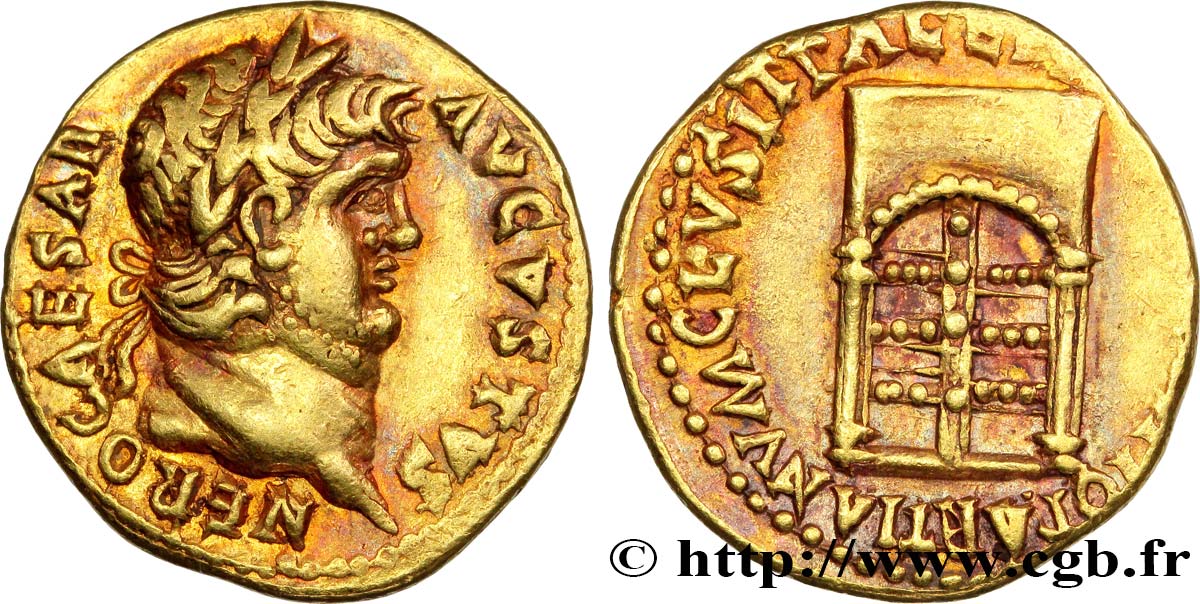
 Cообщить об ошибке
Cообщить об ошибке Распечатать страницу
Распечатать страницу Отправить мой выбор
Отправить мой выбор Задать вопрос
Задать вопрос Consign / sell
Consign / sell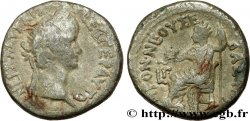
 Информация
Информация


